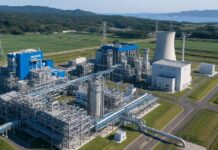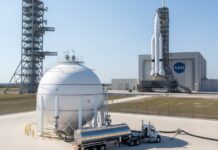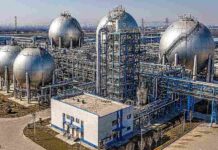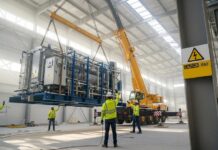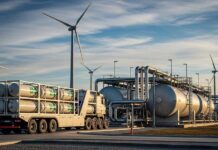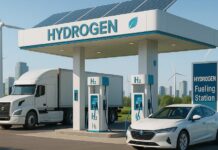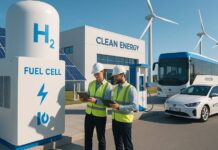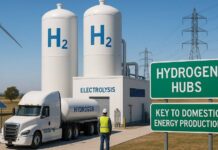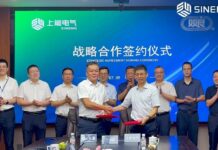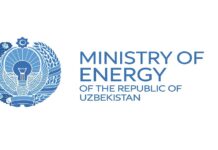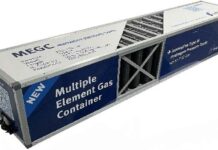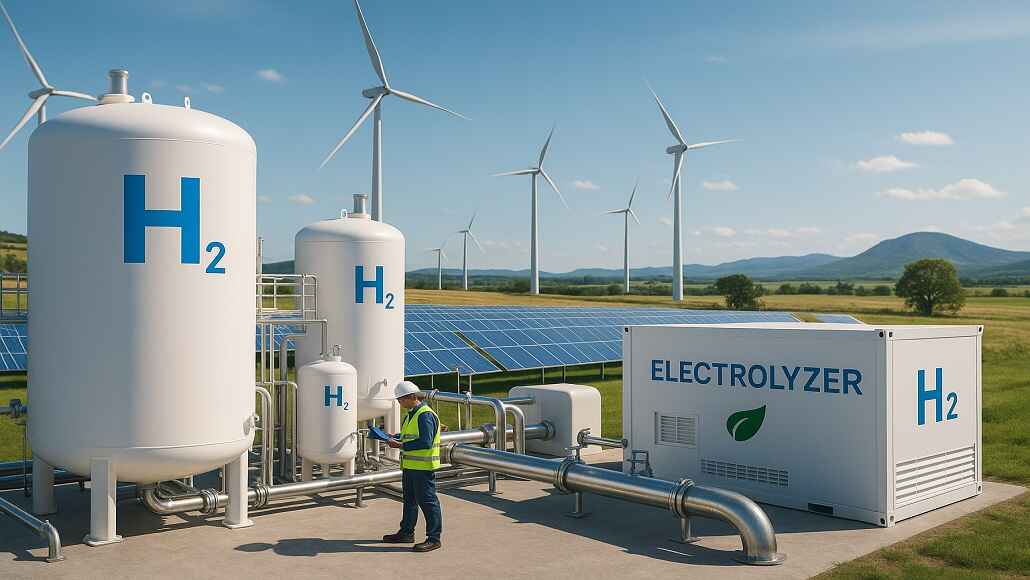The ANDI-NATURGAS Hydrogen Chamber in Colombia has gone on to present results of its recent national project survey, which has apparently identified 36 initiatives in various stages of development that make use of hydrogen as an industrial input or an energy source. This kind of technical exercise goes on to reflect the sustained growth of the Colombian ecosystem and also reassures the commitment when it comes to the business sector to the country’s energy shift.
The evaluation exhibits strong and varied portfolios, wherein there are projects that range from the conceptual phase to the operations that are on. The distribution by growth status happens to be as follows:
- There are 9 projects that happen to be in the conceptual
- 3are in pre-feasibility
- 12 in the feasibility stage
- 1 in detailed engineering
- 3 with the final investment decision – FID, out of which 2 of them are on an industrial scale and the one remaining on a small scale
- 8 projects that are functional
These results go on to present a very progressive evolution of the spectrum with an increasing number of initiatives that happen to advance right from technical formulation to implementation and even startup stages. It is imperative to note that 33% of the overall projects happen to be in the feasibility phase, wherein the assessment of technical, environmental, and economic conditions for their execution is being deepened. One more relevant finding, which has come to the fore, is the role of ammonia as one of the final products, which has the greatest projection. 25% of the projects that have been announced and 70% of those having a capacity of over 30 MW are aimed at the production of this derivative, having a high concentration in the departments of Valle Del Cauca, El Atlantic, and La Guajira. This kind of approach goes on to open up prominent opportunities for the development when it comes to sustainable fertilizers and even the higher-value industrial chains.
The fact is that the results that come in enable us to have a clear picture of the hydrogen ecosystem in Colombia. With the knowledge of how many projects there are, at what stage they are in, and what the technologies are that they consider, it helps to identify more precisely the gaps that must be closed as a nation. Moreover, this information is indeed the key when it comes to guiding efforts as far as public policy and open financing opportunities are concerned, which, by the way, facilitate the execution of the project.
It is worth noting that ANDI-NATURGAS Hydrogen Chamber continues to work in order to articulate the varied actors of the ecosystem, represent the sector’s interest, and also enhance the enabling conditions that help Colombia to consolidate as far as being a regional benchmark in the development of hydrogen ecosystem in Colombia is concerned.



